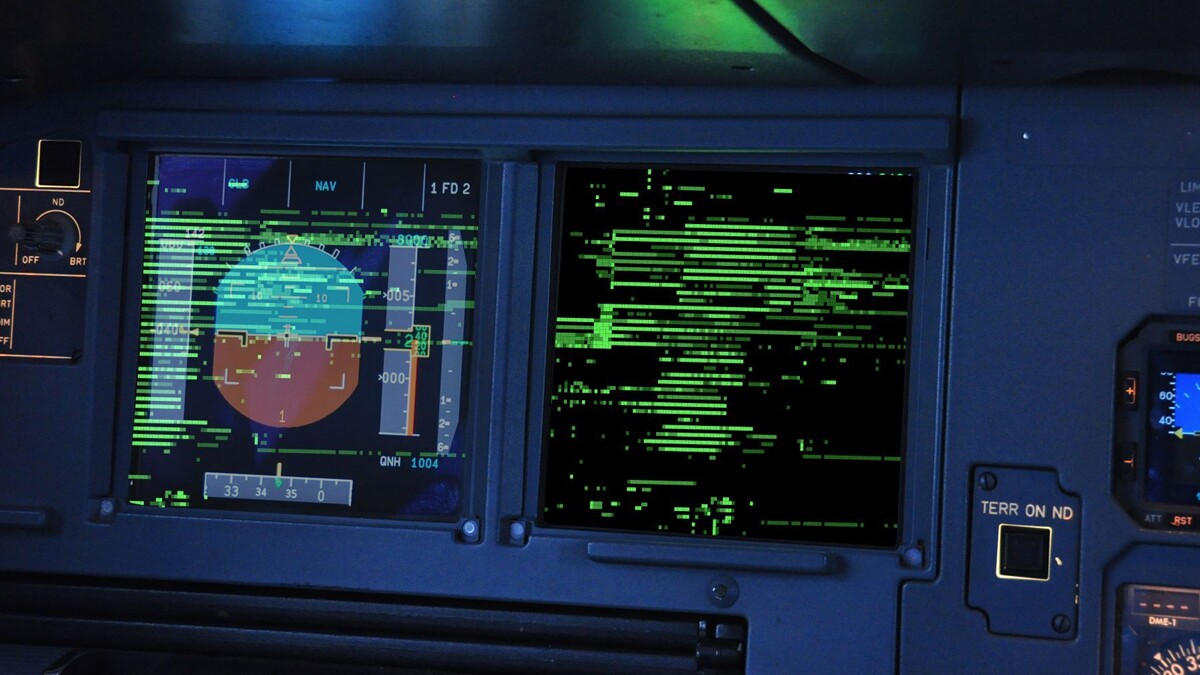
A failure in the surveillance radars of the Central American Air Traffic Control Center (Cenamer) is creating an additional burden for air traffic controllers in Mexico and other countries in the region, affecting some flights. The National Union of Air Traffic Controllers (Sinacta) confirmed the widespread failure of radars based in Honduras, which allow for the air traffic control of aircraft flying over six Central American countries.
The Central American Air Traffic Control Center (Cenamer) is coordinating with the Mérida control center, which oversees air traffic control in southern Mexico. According to José Covarrubias, the general secretary of Sinacta, aircraft heading to this area must maintain control with the Mérida center and the Cancun terminal, consulting with pilots whether to return to the original airport or land at some airport in the southeast.
The failure in the radars affects aircraft flying above 20,000 feet, as a commercial aircraft typically flies between 33,000 and 40,000 feet, depending on its destination and flight phase. By 2:26 PM (central time in Mexico), the airspace of Mérida was saturated, which adds to the difficulty arising from the lack of air traffic controllers during regional radar failures.














